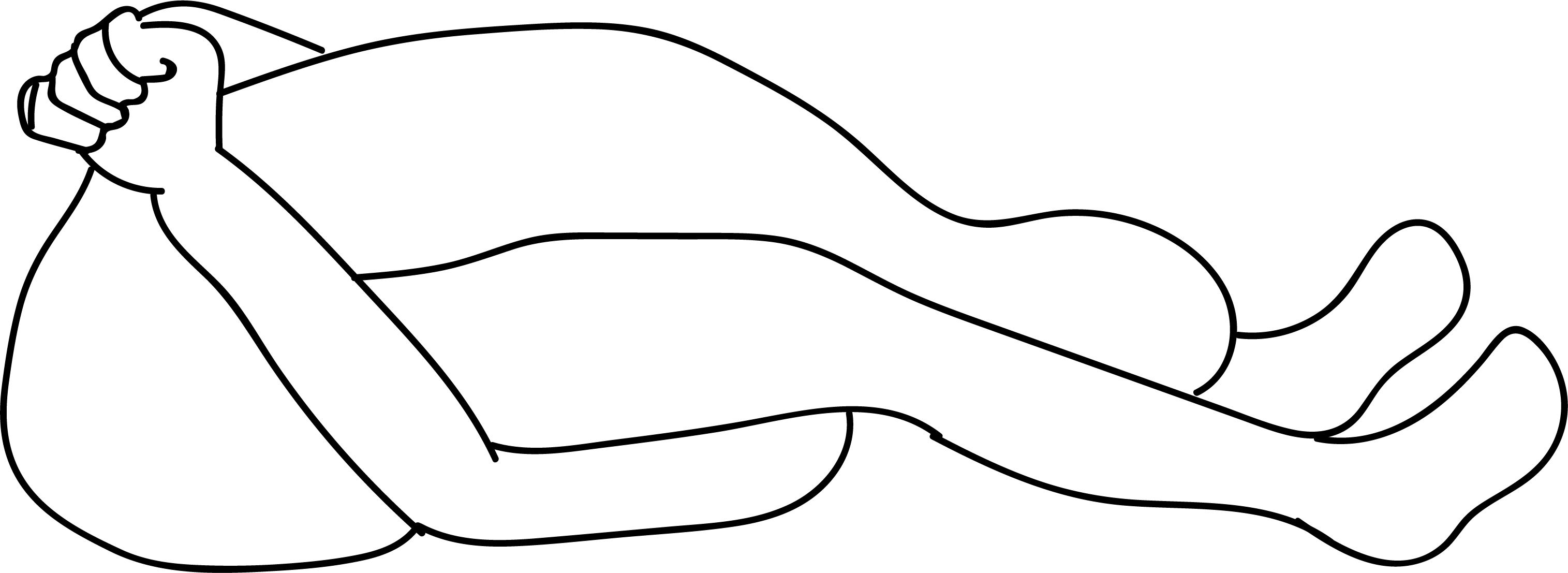Note: This is a project under development. The articles on this wiki are just being initiated and broadly incomplete. You can Help creating new pages.
Difference between revisions of "Kurmasana"
| Line 1: | Line 1: | ||
| + | [[File:Kurmasana.png|thumright|''kurmasana'']] | ||
| + | |||
'''Kurmasana''' (koohr-MAH-sah-nah; Sanskrit pronunciation: [kuːɹmɐːs̺ɐn̺ɐ]; Sanskrit: कूर्मासन; IAST: kūrmāsana), Tortoise Pose, or Turtle Pose is an asana. | '''Kurmasana''' (koohr-MAH-sah-nah; Sanskrit pronunciation: [kuːɹmɐːs̺ɐn̺ɐ]; Sanskrit: कूर्मासन; IAST: kūrmāsana), Tortoise Pose, or Turtle Pose is an asana. | ||
Revision as of 12:06, 14 December 2016
Kurmasana (koohr-MAH-sah-nah; Sanskrit pronunciation: [kuːɹmɐːs̺ɐn̺ɐ]; Sanskrit: कूर्मासन; IAST: kūrmāsana), Tortoise Pose, or Turtle Pose is an asana.
Etymology
The name comes from the Sanskrit words Kurma (कूर्म, Kūrma) meaning "turtle" or "tortoise" and Asana (आसन, Āsana) meaning "posture" or "seat".
Description
To enter kūrmāsana a practitioner sits with the legs outstretched, feet as wide apart as possible. The knees are bent slightly, keeping the heels in contact with the floor. The body is leaned forward from the hips and the hands slid under the knees. The body leans forward (bending at the hips) to allow the hands and arms to slide sideways and backward (under the knees) until the elbows lie near the back of the knees. The heels are pushed forward and legs straightened as much as possible. The forehead or chin is brought to touch the floor. The arms are further brought around the back to interlock the hands under the buttocks.
